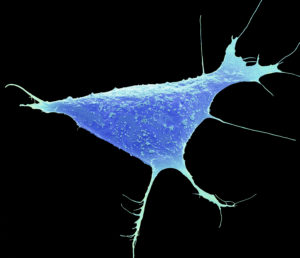Novel process for producing cardiomyocytes

Atrial fibrillation (AF) is the most frequently encountered arrhythmia in clinical practice. The disease causes serious implications worldwide, with a high prevalence and ability to cause morbidity and mortality in countries which lack access to essential health services. Current treatments for atrial fibrillation have major limitations including limited efficacy and significant adverse effect liability. These limitations have led to innovative approaches for developing new therapies but in order to achieve these treatments, model systems close to human tissue are needed.
In recent years, human induced-pluripotent stem cells (iPSCs) have emerged as an alternative in vitro model system using animal species for human disease mechanistic research and the development of new medications. Numerous disease-specific iPSC lines have been produced for modelling congenital cardiac arrhythmia syndromes.
Oxford technology
Scientists at the University of Oxford have found a novel approach to generate human iPSC-derived atrial cardiomyocytes showing mature characteristics.
This new approach will provide differentiating mature human atrial cardiomyocytes from iPSCs that is likely to be valuable for atrial cardiomyocyte disease modelling and drug discovery.
Although iPSCs hold great promise for heart disease research and treatment, there are several obvious obstacles to be overcome. For instance, cardiogenic differentiation of iPSCs by existing protocols often produce a heterogeneous mixture of cardiomyocytes of different subtypes and primarily ventricular cardiomyocytes.
More importantly, a major problem is the generation of immature cardiomyocytes. The immaturity of certain types of cardiomyocytes makes them less suitable models for studying most heart diseases that occur in adulthood, and also diminishes the suitability of such models for drug screening.
about this technology

